Mobileye Blockbuster: 7 Ways Intel Aims To Beat Qualcomm In The Connected Car Market
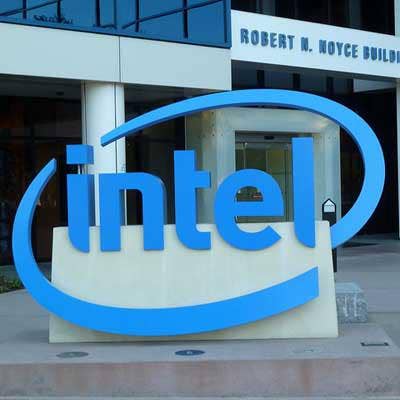
Automated Driving Efforts
Intel on Monday announced it would acquire Mobileye in a $15.3 billion acquisition, deepening the chip manufacturer's efforts around connected cars.
"I believe that today’s announcement puts us in the driver’s seat to achieve our vision of creating the technology foundation on which the future of autonomous driving will be built," said CEO Brian Krzanich in an email to employees. Intel isn't alone in its efforts to double down on connected cars – others, like Qualcomm and Nvidia, have been striving to get their chips in cars by shelling out money for research and blockbuster acquisitions.
Here are seven ways Intel has built up its automated driving portfolio over the past year to better compete with chip competitors in the connected car market.
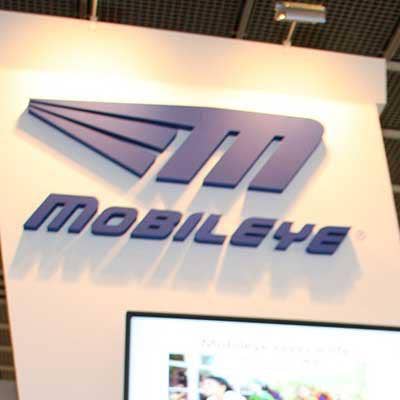
$15.3 Billion Mobileye Acquisition
Intel on Monday announced it would acquire Mobileye in a $15.3 billion acquisition, deepening the chip manufacturer's efforts around connected cars.
Israel-based Mobileye comes with a portfolio loaded with tools for advanced driver assistance systems, from surround vision, sensor fusion, mapping, and driving policy products for car OEMs like Honda, BMW, and Volvo.
The company's EyeQ chips, which pack cars with the intelligence to identify and read traffic signs and detect roadway markings like lanes and debris, were installed in as many as 16 million vehicles in 2016.
For Intel, Mobileye's solutions will translate to an accelerated pace of autonomous innovation and market adoption, industry-leading artificial intelligence for complex decision making, and incremental recurring revenue stream opportunities.
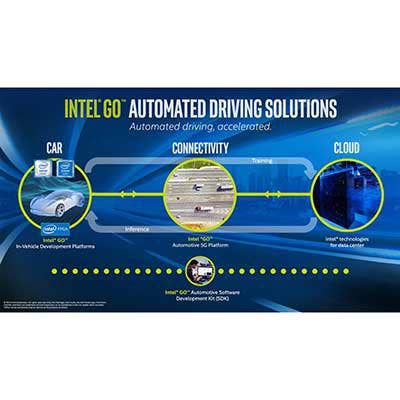
Go Automotive 5G Platform
In January, Intel used the Consumer Electronics Show as a launching pad for its newest IoT effort, the Go Automotive 5G platform.
Intel said this platform is the industry's first 5G-ready test platform for the automotive industry and will help enable automakers to develop and test a wide range of use cases and applications around 5G.
The platform provides a software development kit with specific tools for the automated driving industry, such as deep learning toolkits, and provide the computing horsepower to perform automated driving functions like perception and decision making.

Intel's $250 Million Investment For Connected Car Research
In November, Intel CEO Brian Krzanich (pictured) announced that the Intel Capital would target $250 million in additional new investments around autonomous driving to learn more about next-generation connectivity, context awareness, and security.
These investments will drive the development of technologies that push the boundaries of next-generation connectivity, communication, context awareness, deep learning, security and safety, according to Intel.

The Automated Driving Group
In November, Intel also lifted the curtain on the Automated Driving Group, which the company said will research and develop innovative next-generation autonomous driving solutions and driver-assist connected systems.
Intel executive Doug Davis will lead the charge in the company's Automated Driving Group. Davis, who earlier in the year announced he would retire at the end of 2016, was formerly the general manager of Intel's IoT Group. Davis will jointly run the group with vice president Kathy Winter, who joined Intel earlier in the year from automotive components supplier Delphi Automotive.
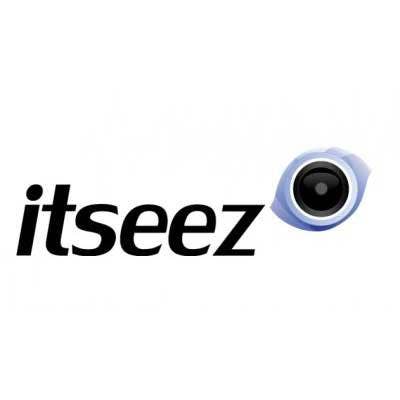
Intel Acquisition Of Itseez
In May 2016, Intel announced it has scooped up Itseez, a company specializing in computer vision algorithms and implementations for embedded and specialized hardware. The acquisition will position the Santa Clara, Calif.-based company to dive into new connected markets, including automotive and industrial inspection, according to Intel.
Russian company Itseez is a key contributor to computer vision standards initiatives including OpenCV and OpenVX. The company also contributes software tuning and integration in many market-leading products, from cars to security systems. Computer vision technology includes methods for acquiring, processing and analyzing images from the real world to make automated actions.
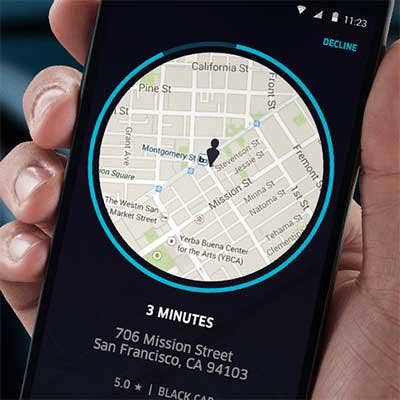
Intel, Uber And Aeris Pair To For Connected Car Security
Intel paired up with Uber and IoT provider Aeris in February to invest in connected car security. The three companies released a manifesto inviting automakers to pool their resources to redesign key vehicle architecture components to prioritize security measures.
The coalition will include OEMs, transport network companies, SoC providers, and researchers.
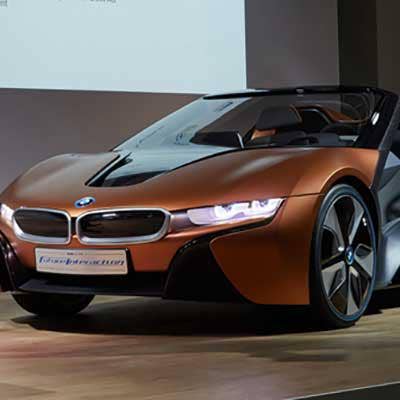
Intel, Mobileye, BMW Work For Self-Driving Cars
In July, Intel and Mobileye paired up with BMW to set develop self-driving vehicles. BMW said that Intel's computing, connectivity, safety and security assets, paired with Mobileye's EyeQ systems and Road Experience Management technology, could help put self-driving cars in production by 2021.
The three companies said they would have a fleet of approximately 40 autonomous test vehicles on the roads by the second half of 2017.
"The car to cloud system will perform with consistent, predictable behavior and is validated to the highest level of safety,’ said Intel CEO Brian Krzanich in a statement. ’That’s why this partnership is breaking new ground. We have established a dedicated team with clear, shared goals and a culture of innovation and agility and accountability.’